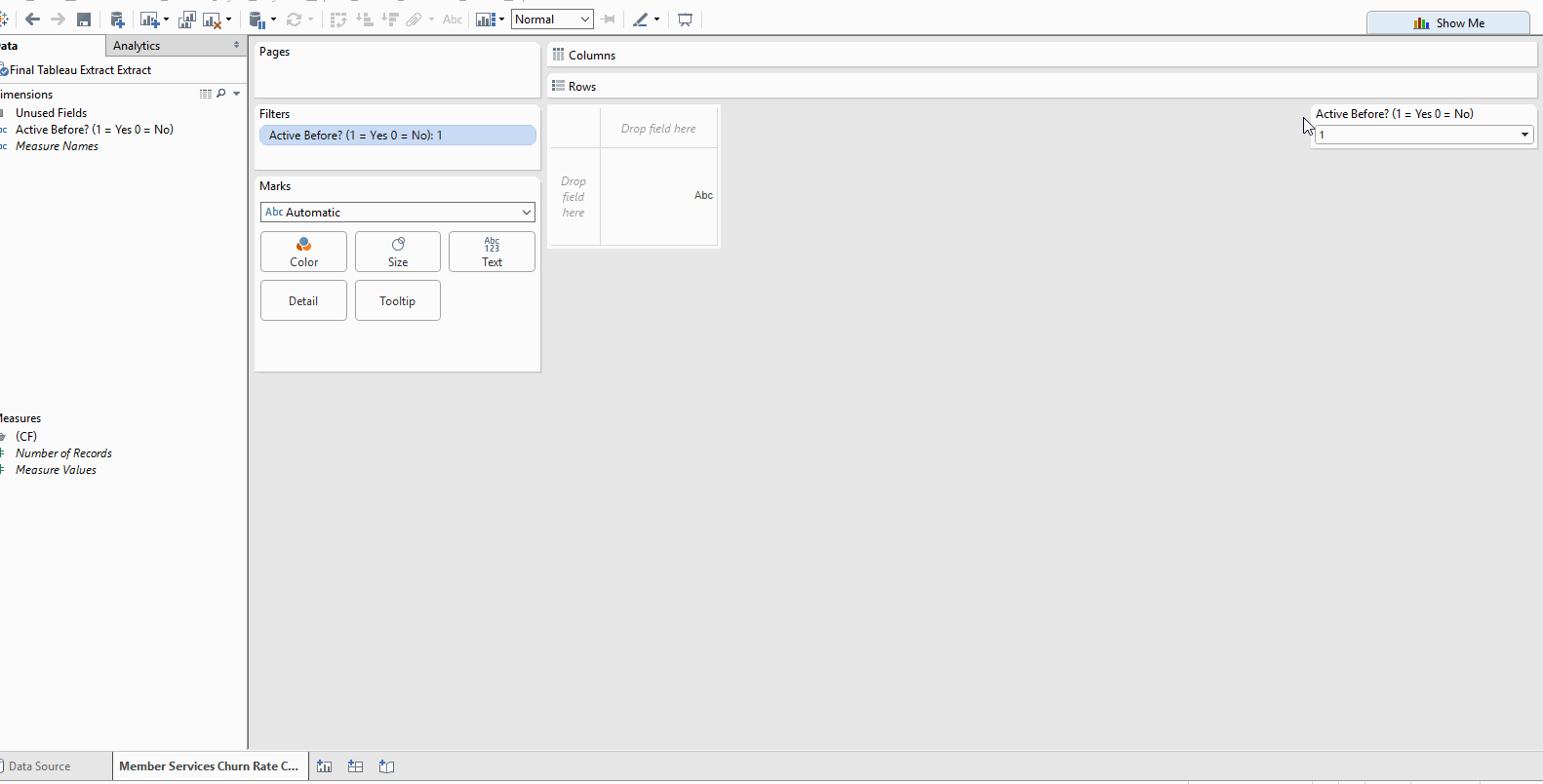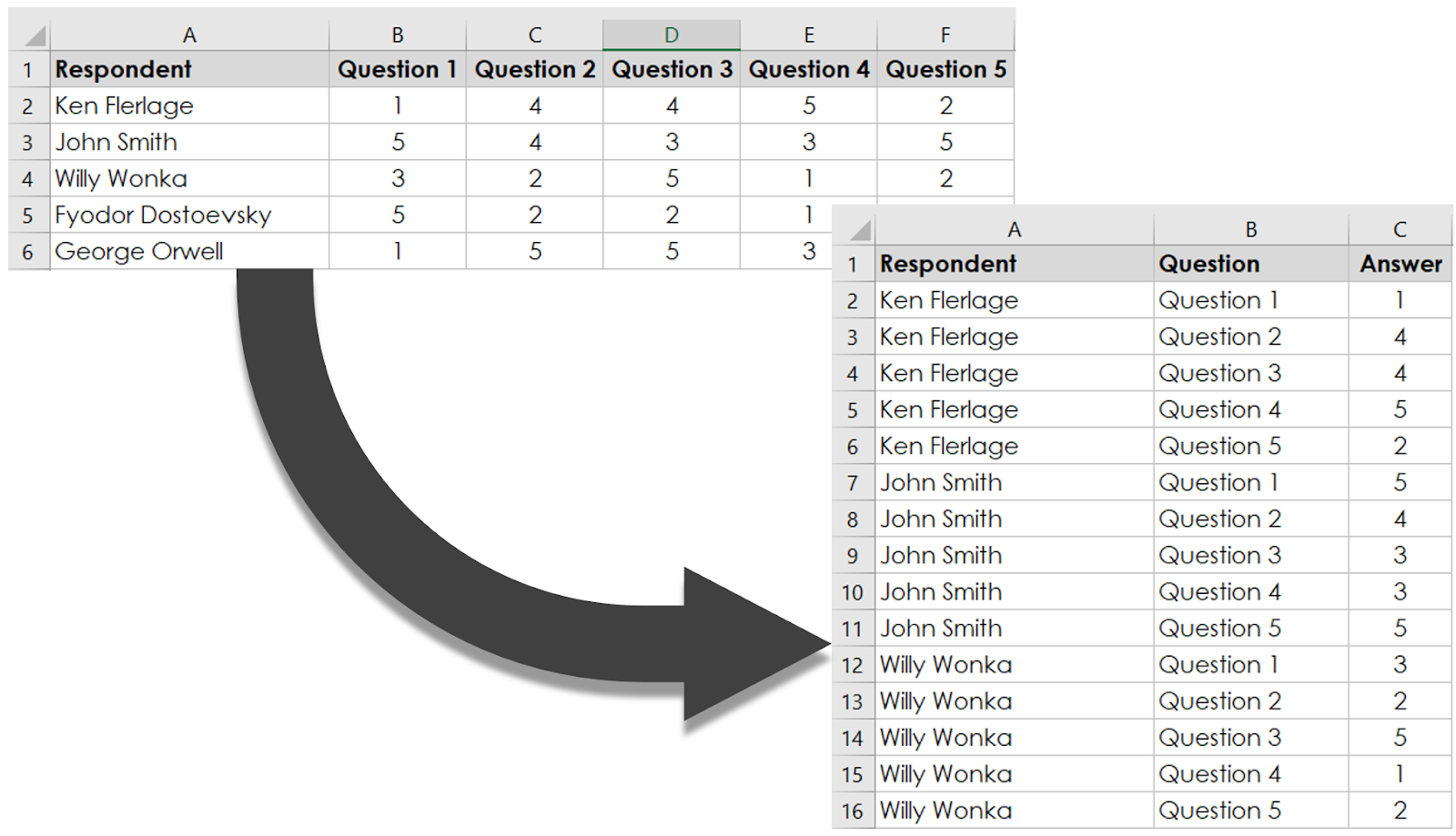

- #Tableau prep pivot aliases for free#
- #Tableau prep pivot aliases how to#
- #Tableau prep pivot aliases software#
#Tableau prep pivot aliases for free#
You can try Hevo for free by signing up for a 14-day free trial. Live Monitoring: Hevo allows you to monitor the data flow so you can check where your data is at a particular point in time.Schema Management: Hevo takes away the tedious task of schema management & automatically detects the schema of incoming data and maps it to the destination schema.24/7 Live Support: The Hevo team is available round the clock to extend exceptional support to you through chat, email, and support calls.Scalable Infrastructure: Hevo has in-built integrations for 100+ sources that can help you scale your data infrastructure as required.100% Complete & Accurate Data Transfer: Hevo’s robust infrastructure ensures reliable data transfer with zero data loss.


Hevo, a No-code Data Pipeline helps to transfer your data from 100+ data sources to the Data Warehouse or destination of your choice such as Tableau. Using any of the above methods will lead to a proper evaluation of your data and you can interact directly with the results, perform any additional cleaning operations on your data for maximum results. There are however four ways to building Pivot in Tableau which will be discussed elaborately in upcoming chapters, they include: Tableau has this affinity of making your data ‘tall’ rather than ‘wide’ as opposed to other platforms therefore, the preferred data Pivot in Tableau is gotten from columns to rows. Pivot is one such feature in Tableau as you can use it to streamline your data into rows or columns that will make for easy deductions and conclusions from them. Tableau’s major objective is organizing your data into a nicely fitted arrangement so you can derive insights and come up with efficient analysis of your data to better your business processes. Methods for Building Data Pivot in Tableauīuilding Pivot in Tableau is easy and convenient depending on your aim and requirements for creating one. To build a data pivot in Tableau you need the following: Pivoting data has become an integral part of data analysis and the Pivoted data ultimately leads you to find figures and facts quickly, thereby, leading individuals and organizations to make informed decisions. Understanding PivotsĪ Pivot table by definition can be described as a statistical table that summarizes data from a more extensive table such as a database, spreadsheet, or even a business intelligence program to draw useful insights by arranging and rearranging them to a required format. Official Documentation of Tableau can be found in the official documentation. Tableau Prep conductor will also assist you in scheduling jobs for Dashboards and Reports, monitoring them, and provide debugging information. Tableau Prep builder assists you to connect to multiple data sources and prepare the data for analysis through calculated fields and cleansing. Tableau also houses a large number of supporting applications to help the users make the best use of Tableau Server and Tableau Online. Tableau is available as a fully managed Cloud-based service called Tableau online and as an on-premise server-based deployment called Tableau Server. Tableau is famous for its intuitive visualizations and its capability to enable users without much technical background, exploit advanced analytical features.
#Tableau prep pivot aliases software#
Tableau is a Business Intelligence software that allows organizations from all around the world to derive insights from their data and build interactive visualizations. Understanding Tableau Image Source: Tableau
#Tableau prep pivot aliases how to#
This article aims at introducing you to Pivot in Tableau and showing you how to build Pivot in Tableau through four different methods. Method 2: Using Wildcard Search to Pivot.Simplify your Data Analysis with Hevo’s No-code Data Pipelines.Methods for Building Data Pivot in Tableau.


 0 kommentar(er)
0 kommentar(er)
